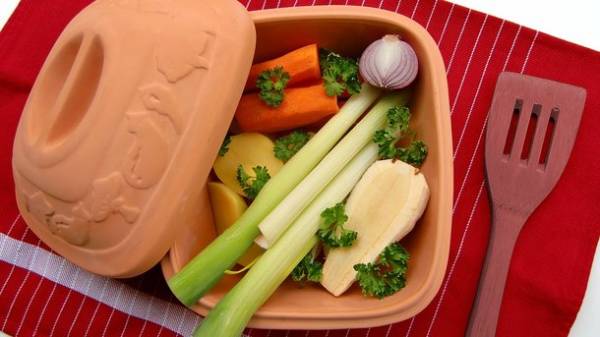
Vegetables are an indispensable component of a healthy diet. They must be present in our daily diet, fresh or in the composition of foods. But it is no secret that to grow a good crop without fertilizer for the soil impossible. As a result, the vegetables accumulate nitrates and pesticides. Moreover, the chemicals gets into the vegetables not only in the processing of mineral fertilizers, but organic matter, if used in the wrong way, says “Home”.
SEE ALSO
- What products restore and improve intestinal health
The place of accumulation of chemicals
The ability of different vegetables accumulate nitrates is different. Most of them accumulated in lettuce, collards, dill, beets, radishes, green onions, spinach. Less – in Brussels sprouts, beans, peas, potatoes, sweet peppers, tomatoes, bulb onions. Proper treatment helps to significantly reduce the content of nitrates and pesticides in vegetables.
It is useful to know the places that accumulate the most harmful substances:
- Potatoes
Chemistry builds up under the skin of the potatoes and at the core of the tuber. It is recommended to drain the water after the potatoes are boiled.
- Cabbage
The greatest amount of nitrates contained in the upper cabbage leaves and cobs. Therefore it is necessary to throw them away.
- Cucumbers, zucchini, eggplant
Dark green peel cucumbers indicates that their “overfed” nitrates. Ideally, they should be gently herbal colors. The largest amount of nitrate in cucumber is in the peel region and the stalk. Have zucchini and eggplants also need to cut the part adjacent to the stem. In addition, clean the skin early zucchini and eggplant.
- Beets, carrots, radishes
The highest concentration of nitrates in these root crops in the upper region of the stalk. Therefore, before use, these parts should be cut. Very rich in nitrates is the beet with swirling tails. The carrots should be cut about one centimeter of tail and greenish part. In radish, nitrates accumulate in the skin.
- Tomatoes
Most of the nitrate contained in tomatoes with a thick skin and orange-red tomatoes. Before buying look at the vegetable section. White flesh and thick veins – a sign of the high content of chemicals. If you still got suspicious tomatoes, soak them in cool water for about an hour.
- Greens, lettuce, dill, parsley
In these plants, the chemicals accumulate in the veins and cuttings. Because the greens rapidly absorb the nitrates before adding it to dishes, soak in water for about an hour.







